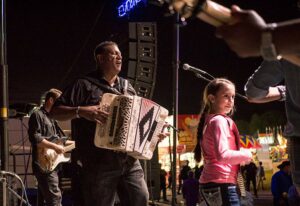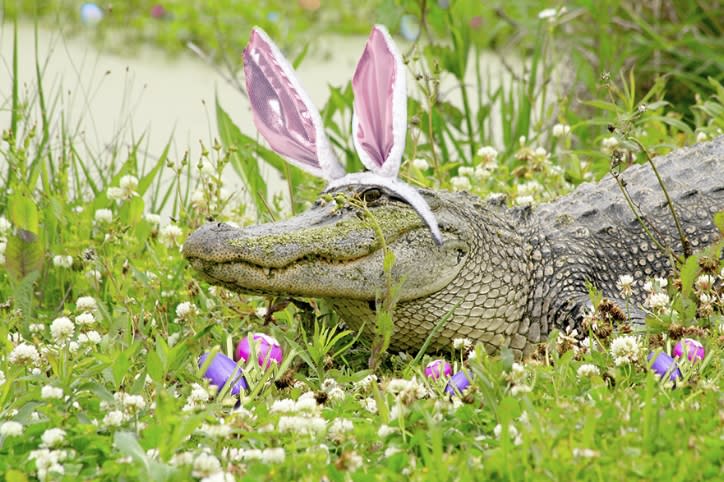In Breaux Bridge, modern day Cajun jam sessions can be found around town throughout the week and weekend. Some performances are formal and feature a professional band known throughout the area. Others are jam sessions, held at a certain time and place where you can bring your instrument and perform with other musicians in an informal setting.
The history of Cajun music goes back to the expulsion of the Acadians from their homes in l’Acadie and their migration to southern Louisiana. Original French songs and ballads had already begun to change with the Acadians’ experiences in the New World and their encounters with the native Americans and colonists. As time wore on, Cajuns in Louisiana were influenced by the African rhythm and blues, Spanish tunes, and other Native American sounds. Sometimes songs were performed acapella, sometimes with a fiddle or two. One fiddle would play lead, and the other rhythmic accompaniment.
In the 1920s, the accordion joined the instrument line-up for Cajun music. Brought over by German immigrants, the accordion was not a good fit for Cajun music at first because it was not tuned to match the open-string fiddle. When accordions were made to the tune of C and D, they found their way into Cajun music because they were loud enough to be heard over the raucous dancing that accompanies a Cajun jam. The accordion is more musically limited than the fiddle, however, so some Cajun melodies can only be performed on the fiddle.
The late 1920s also brought about the first recordings of Cajun music. “Allons a Lafayette” was recorded in New Orleans by Joe and Cleoma Falcon. With the rise of the recording industry, outside influences began to take their toll on traditional Cajun music. Zydeco was born, and Cajun music began to take on the sounds of bluegrass and other genres. However, in recent years there has been a resurgence in the effort to protect the unique culture of Acadiana, and with that its music. We can only hope that future generations continue with the preservation of Cajun heritage.








